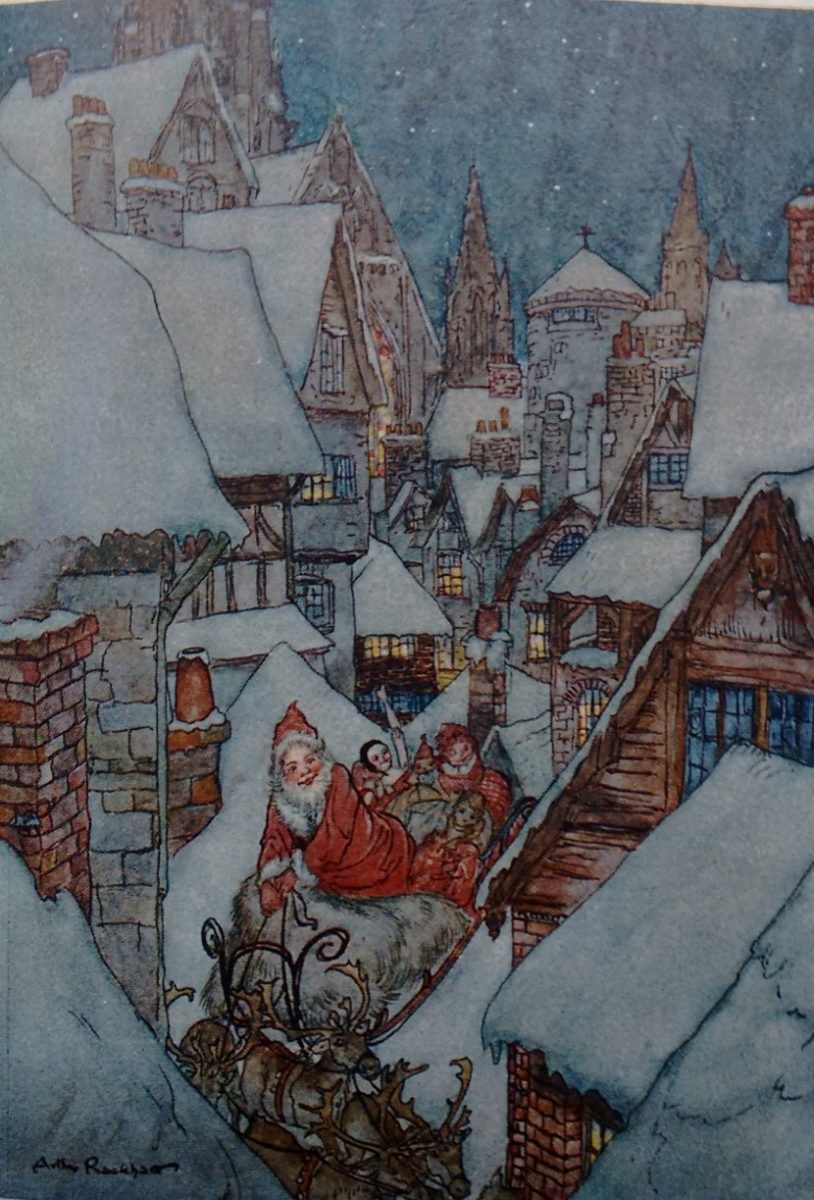The “magic” of fairy tales
Past July Special Collections curator, Odin Essers, interviewed Prof. Emilie Sitzia, art and literature historian, specialized in the relationship between word and image. The interview was focused on fairy tale illustrations, in particular Golden Age of Illustration.
Carving Pumpkins
Illustrations happen to change with the translation of a tale all the time even without a change in the text and commonly depicted entities in fairy tales depends amongst others on the cultural bias of the illustrator. So Prof. Sitzia says in the interview.
She also gives us an insight of what she thinks the future holds for fairy tales for children and adults. O, and you will also find out what her favorite fairy tale is…
“He depicts the carving of the pumpkin…and in it in you see a real crummy old lady, which is the fairy godmother, who is carving the pumpkin with a massive knife in a dark kitchen, while Cinderella is observing the technic with a candle in her hand. So it is not magical at all. You see there is really an interpretation that always happens with illustrations and you don’t need to go through translation for that to happen.“ – Prof. Emilie Sitiza
Myths, legends and fairy tales in the Special Collections
The fairy tale books are precious pieces in UM’s Special Collections. All major authors are represented: Shakespeare, Hans Christian Andersen, Edgar Allan Poe and Charles Dickens. The majority of these books is printed in English. Forty-eight are richly illustrated in Art Nouveau style.
Consult this extensive range of tales from the Golden Age of illustrations. Investigate the dark worlds of the occult to twisted fairy tales. Discover some of the finest works of art ever created.
- Author: Souhaïlla Koudan
![]()
This article is licensed under a Creative Commons Attribution 4.0 International (CC BY 4.0) License.
[et_bloom_inline optin_id=”optin_3″]
Library update
Related
Last updated: 14/12/20


0 Comments